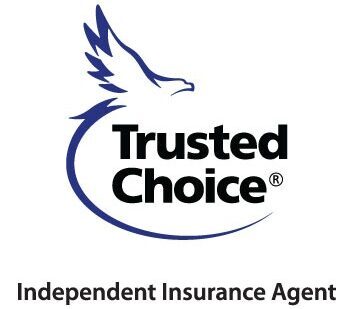
Deciphering Home Insurance Deductibles: What Every Homeowner Should Know
Understanding your home insurance deductible is key to protecting your property and your wallet. Whether it’s stWhen disaster strikes, knowing how your home insurance deductible works can save you time, money, and stress. Whether it’s a storm, fire, or theft, understanding your coverage upfront helps you prepare financially and avoid surprises during claims.
What Is a Homeowners Insurance Deductible?
A homeowners insurance deductible is the amount you must pay from your own pocket before your insurer covers the rest. For instance, if your deductible is $1,500 and your repair costs are $7,500, your insurance provider pays $6,000. This cost-sharing approach keeps premiums affordable while discouraging minor claims.
More details about deductible laws are available on the Florida Office of Insurance Regulation website.
Types of Deductibles You Should Know
Your policy may include multiple deductible types, depending on your location and coverage choices.
AOP Deductible (All Other Perils)
This is the most common deductible. It covers everything except storms or wind-related events. If you’ve ever asked, “What is AOP in insurance?”, it stands for All Other Perils—which includes damage from fire, theft, or burst pipes. The AOP deductible is usually a fixed amount like $1,000 or $2,500 and is applied per claim.
Hurricane or Named-Storm Deductible
In high-risk areas, policies include a separate hurricane deductible. Rather than a flat fee, this is usually a percentage of your home’s insured value—often 1% to 5%. For example, a 2% hurricane deductible on a $300,000 home means you must pay $6,000 before your insurer covers any hurricane-related damage.
To understand disaster-related deductibles better, review the FEMA Disaster Deductible Guide.
Wind/Hail Deductible
This applies to wind or hail damage not tied to a named storm. It’s also a percentage-based deductible, though it may vary by state and insurer. Inland homes may face this more often than coastal ones.
When Does Each Deductible Apply?
It’s important to know which deductible applies to different types of claims:
- Fire, burglary, or water leaks → Covered under AOP deductible
- Hurricane damage → Subject to hurricane deductible
- Hail or strong wind (not from a storm) → Falls under wind/hail deductible
The Consumer’s Guide to Homeowners Insurance by NAIC explains this structure in detail.
Choosing the Right Deductibles
When selecting your deductibles, consider the following:
1. Your Financial Readiness
Could you afford to pay a $5,000 deductible today? If not, choose a lower deductible, even if the monthly premium is slightly higher.
2. Premium vs. Risk Trade-Off
Higher deductibles lower your monthly premium, but increase your costs during claims. It’s a trade-off that depends on your risk comfort.
3. Your Home’s Risk Profile
Homes near the coast may face hurricane deductibles more often, while inland properties might be more exposed to hail or wind events.
4. What You’re Covered For
Make sure you know which perils your policy includes. Some add-ons like mold, sewer backup, or flood may carry their own deductibles or require a separate policy altogether.
Floods, for example, are not covered under standard home insurance. You’d need coverage through the National Flood Insurance Program (NFIP), which has its own deductible terms.
Real-Life Example
Let’s say your home is insured for $250,000.
- AOP deductible: $1,000
- Hurricane deductible: 2% ($5,000)
If a pipe bursts, you’ll pay $1,000 before insurance covers the repair. But if a hurricane causes damage, your deductible jumps to $5,000.
And here’s the catch: if a second hurricane hits in the same year, the deductible may reset based on your state. Check with your provider or refer to the Florida Office of Insurance Regulation for localized rules.
Why You Should Always Report Damage
Even if the damage doesn’t exceed your deductible, report it. Doing so creates a record in case more issues arise later or if you want to file a supplemental claim. Waiting might disqualify you from future support.
Additionally, FEMA’s official website offers valuable advice on how to document damage and prepare for disaster-related claims.
Final Thoughts
Understanding your home insurance deductible, especially how the AOP deductible, hurricane deductible, and wind/hail deductibles work, allows you to manage your policy like a pro. It’s not just about what you’re paying monthly—it’s about how well you’re protected when life gets unpredictable.
Stay informed, choose wisely, and don’t hesitate to contact us at ProLines Insurance for expert guidance on your homeowners coverage.


